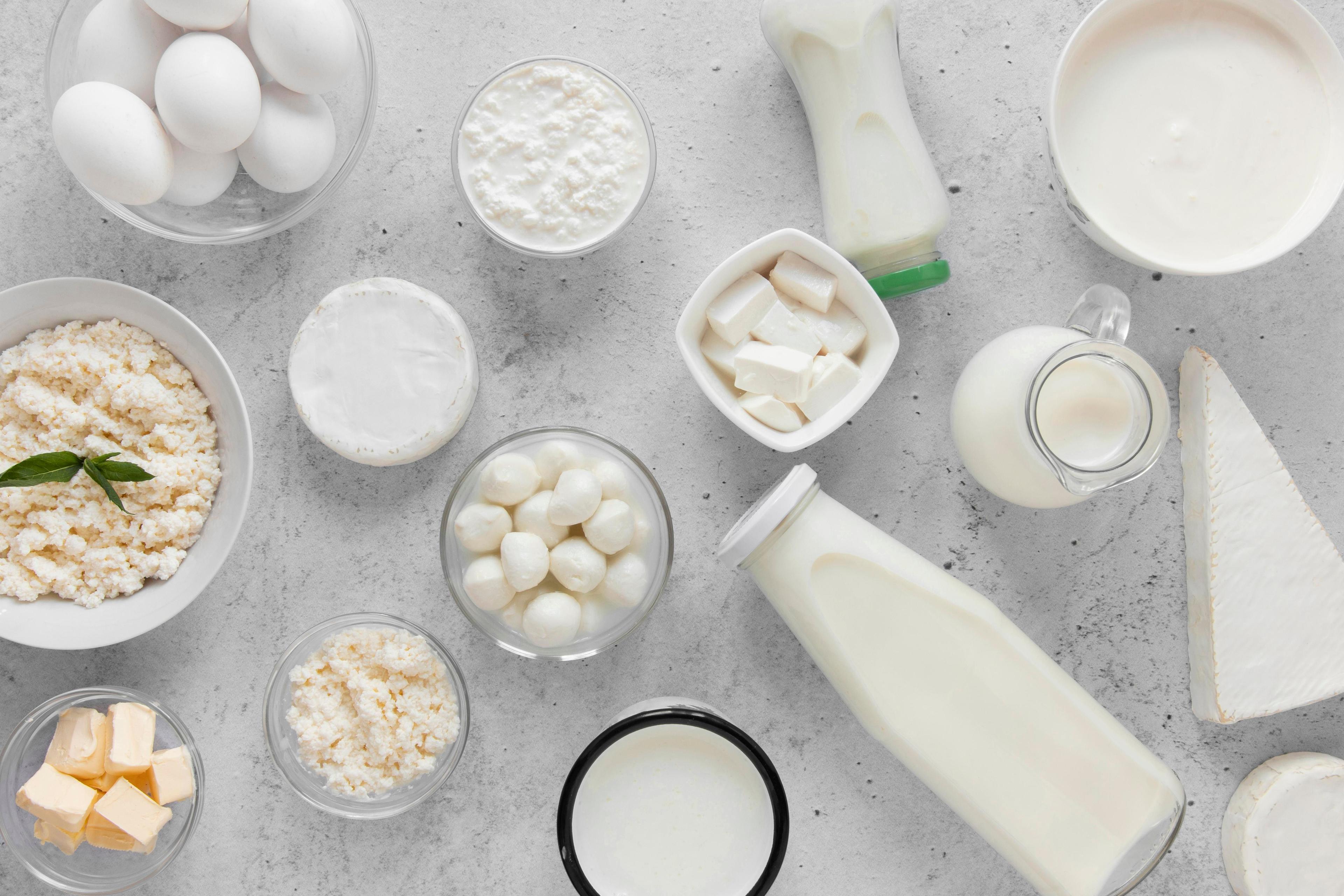Christmas 2025 opening hours
Am I lactose intolerant? 5 signs that you might be
Lactose intolerance is one of the most common food sensitivities, causing a range of unpleasant symptoms from bloating, diarrhoea or constipation to nausea, skin rashes and headaches. Without cutting all lactose out of your diet, however, it can be hard to know if this - an intolerance to the sugar found in dairy products - is what’s causing your symptoms.
5 signs that you may be lactose intolerant
If you regularly suffer from any of these symptoms either immediately after, or up to a few hours after eating dairy products, it is likely that you have an intolerance to lactose:
- Upset Stomach: A feeling of unease or discomfort in the tummy.
- Bloating: Abdominal swelling and discomfort.
- Excessive Wind: More than you would normally experience.
- Diarrhoea: Loose stools that disrupt your day.
- Vomiting: Unwanted expulsion due to dairy consumption.
Some people may often experience longer lasting symptoms including a rash, headaches, joint pain, fatigue and finding it hard to concentrate. It's important to note that the severity and presence of symptoms can vary widely among individuals. Some people might experience only one or a couple of these symptoms, while others might have a combination of them.
There are all sorts of digestive and bowel conditions that cause symptoms similar to those associated with lactose intolerance, from Irritable Bowel Syndrome and Celiac disease to Crohn’s Disease and Colitis, so if you suspect you may have an intolerance, it’s important to rule those out first. It's recommended to consult a medical professional to properly diagnose the underlying cause of symptoms.
What causes lactose intolerance?
Lactose intolerance is when the body is unable to digest lactose, a sugar that is found in milk, yoghurt, and other dairy products. The condition is not harmful but it can be uncomfortable and sometimes embarrassing.
It can be caused by a deficiency in the brush-border enzyme, lactase. This is when your small intestine stops making enough lactase to digest and break down the sugar that’s found in dairy products. The undigested lactose then moves into the large intestine, where bacteria interacts with the undigested lactose and causes a range of unpleasant gastrointestinal symptoms. Lactase deficiency can be categorised into two types: primary lactase deficiency (develops over time) and secondary lactase deficiency (caused by certain conditions like gastrointestinal diseases).
How to tell if you are lactose intolerant
The MyHealthChecked Intolerances & Sensitivities test at home, tells you whether you have DNA that has a proven association with lactose intolerance. As part of the report you'll receive once your sample has been analysed, you'll find out your risk level for lactose intolerance and advice from our Dietitian Isabela on how to manage your diet and lifestyle accordingly.
The simple cheek swab test will indicate if your genetic profile makes you more at risk of having an intolerance to lactose or gluten or a sensitivity to a range of other food types including caffeine and alcohol.
Our expert scientists will analyse your DNA sample and send you detailed results along with clear, actionable advice on how to change your diet to reduce your symptoms or decrease your chances of developing them.
How to manage lactose intolerance
There’s no cure to lactose intolerance but you can manage it by keeping a check on how much dairy you eat.
If your intolerance is mild, you can choose foods that contain less lactose, rather than eliminating it from your diet altogether. Most people can tolerate up to 12 to 15 grams of lactose per day without experiencing significant symptoms so look out for hard cheeses rather than soft, and choose goats’ or sheep’s milk over cows’ milk where you can.
If your intolerance is more severe, you should stick to foods that are lactose-free. As lactose intolerance is now so common, it is easy to find plant-based milks, non-dairy cheeses and other products on most supermarket shelves. Just watch out for foods that you may not expect to contain milk and lactose, such as some salad dressings, sauces, breakfast cereals and instant soups.
If you are cutting out dairy products from your diet, make sure you are still getting enough calcium to build and maintain strong bones. Leafy green vegetables such as kale and bok choy, as well as soy products and canned fish such as sardines, are all great sources of calcium, as are sesame seeds, almonds and poppy seeds.
